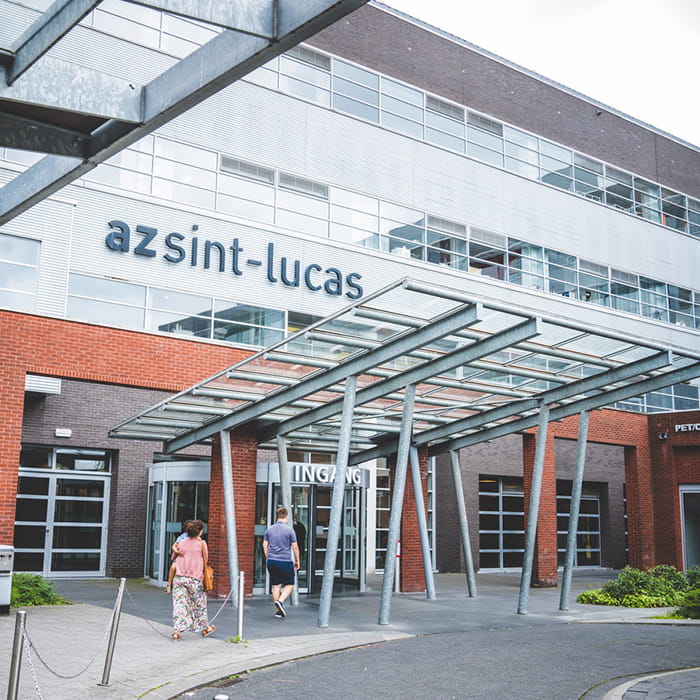
Leroy-Somer alternators equip the emergency and cogeneration power generation systems of the City of Ghent St Luke Hospital

The sector of healthcare has recently seen major investments in building renovation and new construction in Belgium. An excellent example of the trend is St Luke Hospital in Ghent’s city centre. St Luke is a 800 beds and 125 000 sqm hospital. The merger of two adjacent campuses at the end of the nineties gave rise to a major Master Plan, which was the first of its kind in Flanders. Since then, some 100,000 sqm of the hospital’s surface have been thoroughly renovated or extended while the hospital continuously remained operational.
The main goal of the master plan was to reduce energy costs (2.5m€/year). At the same time the challenge was to safeguard continuity of the utilities. This required an investment in 4MVA emergency power capable of powering the entire hospital in case of a blackout. Sustainability was also key in the project and the reason that led to the integration of a Combined H
eat and Power (CHP) unit to supply both heat and electric power.
St Luke Hospital is a pioneer in introducing innovative technologies in a healthcare environment. Utilities continuity is guaranteed by an ongoing renewal and improvement process. E. VAN WINGEN NV (EVW) from Evergem, Belgium, has been supplying in-house built installations throughout the project and will be taking care of their service and maintenance.
The cogeneration unit, engineered, built and installed by E. VAN WINGEN NV using their experience with large CHP since 1992, will now be a source of heat and electric power for St Luke Hospital. Together with the existing geothermal heat pump and connexion to the district heating network of the city of Ghent, the EVW CHP unit constitutes a sustainable energy source featuring high energy efficiency and integration of renewables. The hospital’s CHP generates 500 kW electric power and 550 kW thermal power. The heat recovered from the engine exhaust is used for feeding the water heating system and supporting space heating. The residual low temperature heat from the intercooler is an excellent supplement to the heat from the geothermal heat pump. To achieve maximum continuity a buffer tank was placed next to the CHP.
The cogeneration system is a reliable, profitable and sustainable investment which, together with other systems, brings considerable CO2 emissions reduction and significant energy cost reductions to the hospital. Choosing the right level of installed power and optimizing the running hours of the CHP unit results in high profitability and ROI in less than 5 years.
Together with the emergency diesel generators and battery backup systems, the CHPis a reliable source of electric power, as the cogen unit is synchronized with the mains and offers increased stability while the public mains are used for peak shaving.
In addition to the recent extension of the emergency power capacity to 4MVA, integrated at the incoming supply level of the medium voltage installation, the hospital also has two 1000 kVA and one 650 kVA mains failure set downstream and at low voltage side. All gensets have been equipped with reliable Leroy-Somer alternators.
More information on E. Van Wingen website
PROJECT ID
Project name: St Luke Hospital
Location: Ghent, Belgium
Industry: Healthcare
Completion date: March 2016
End-user: St Luke Hospital
OEM: E. VAN WINGEN NV (EVW)
Engine / prime mover: Perkins
Total power: 4000 kVA
Products details:
- Emergency power: 2 LSA 51.2 – 2000kVA
- CHP unit:

